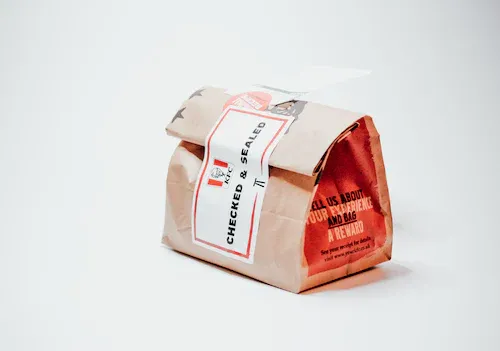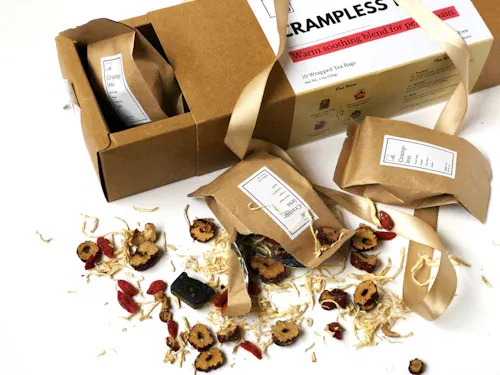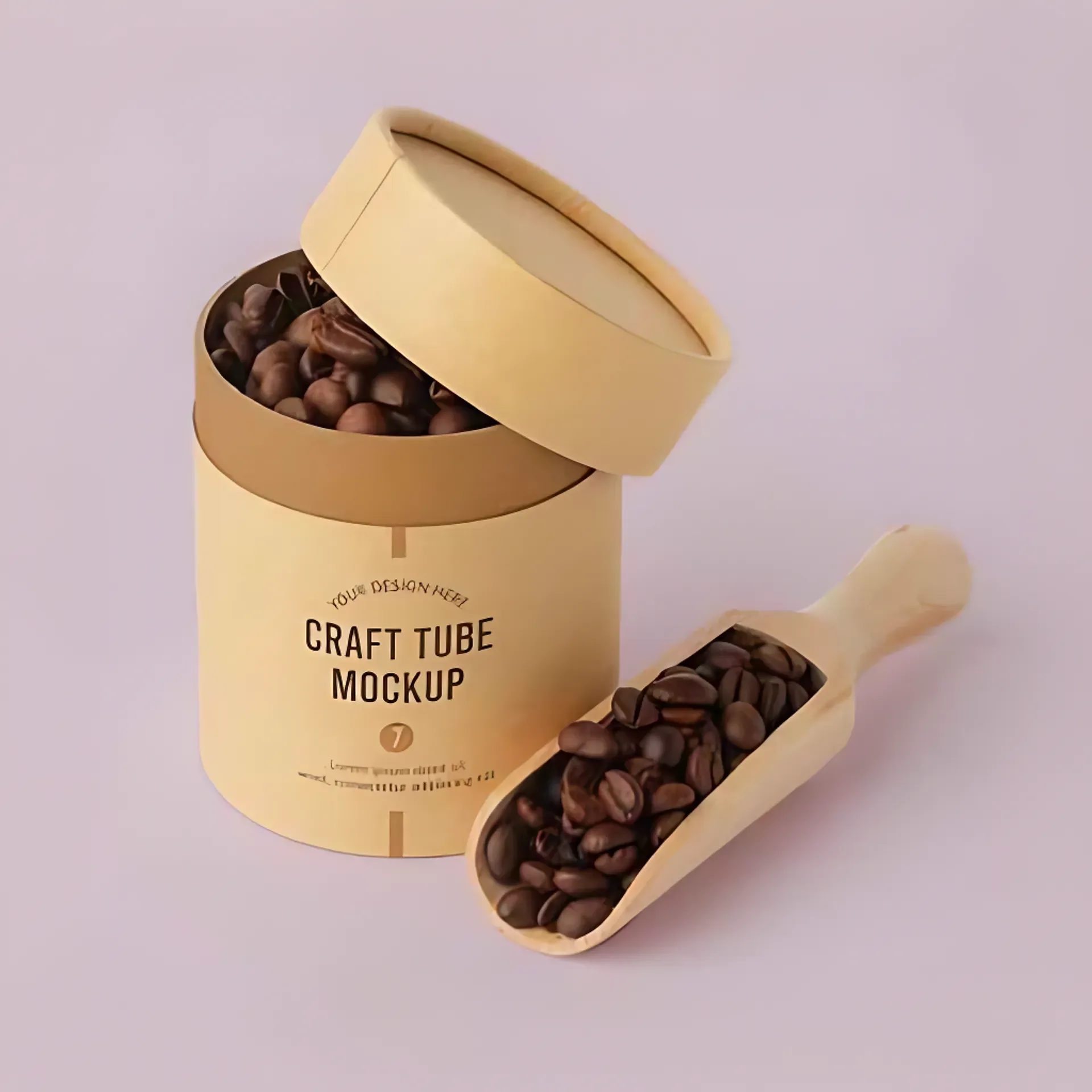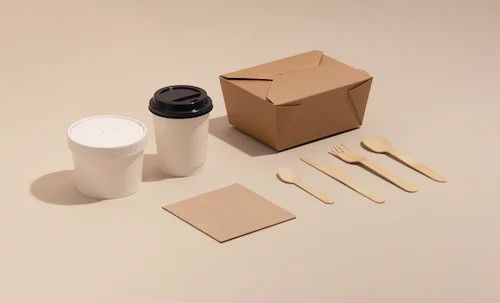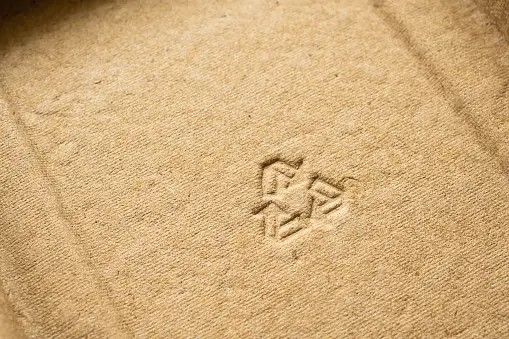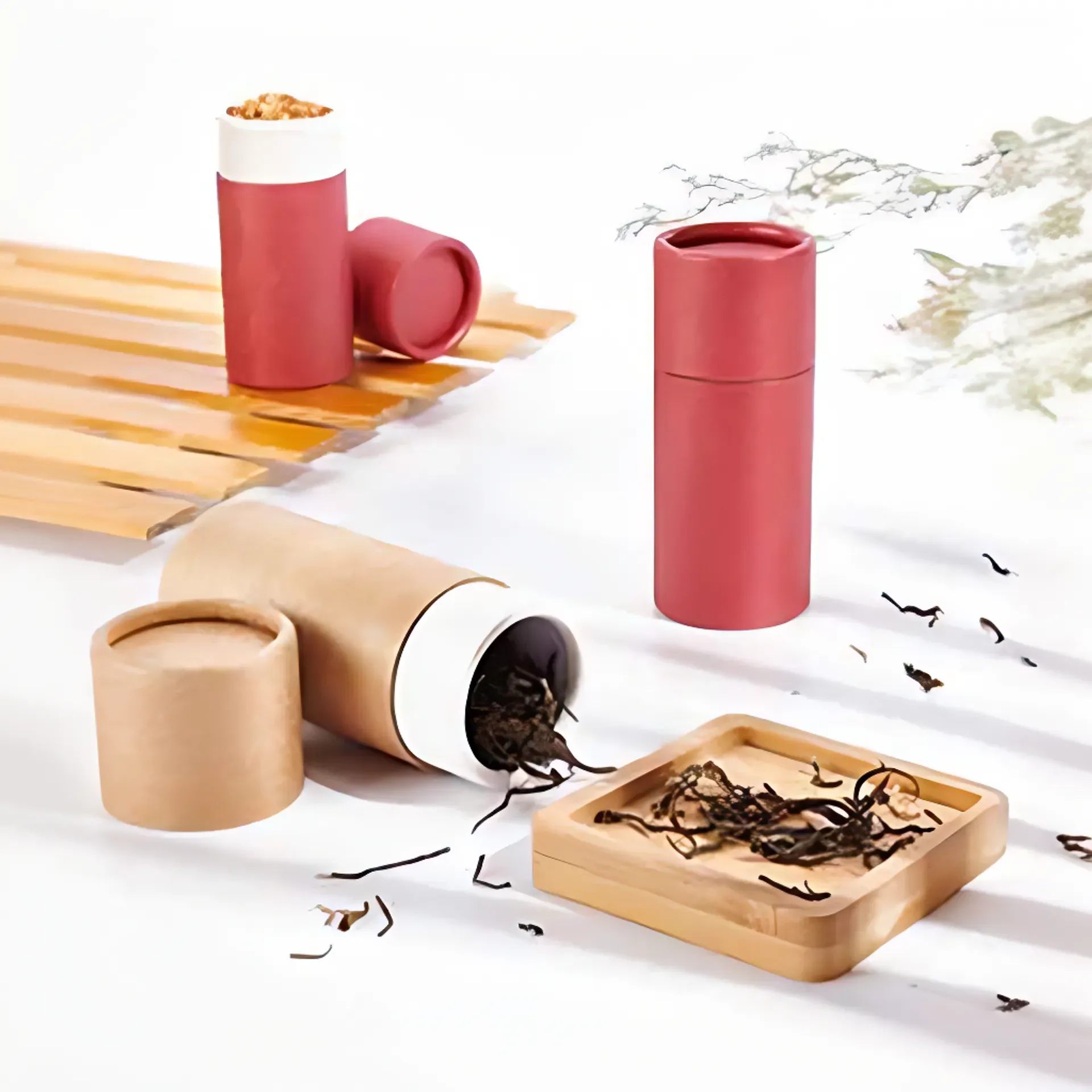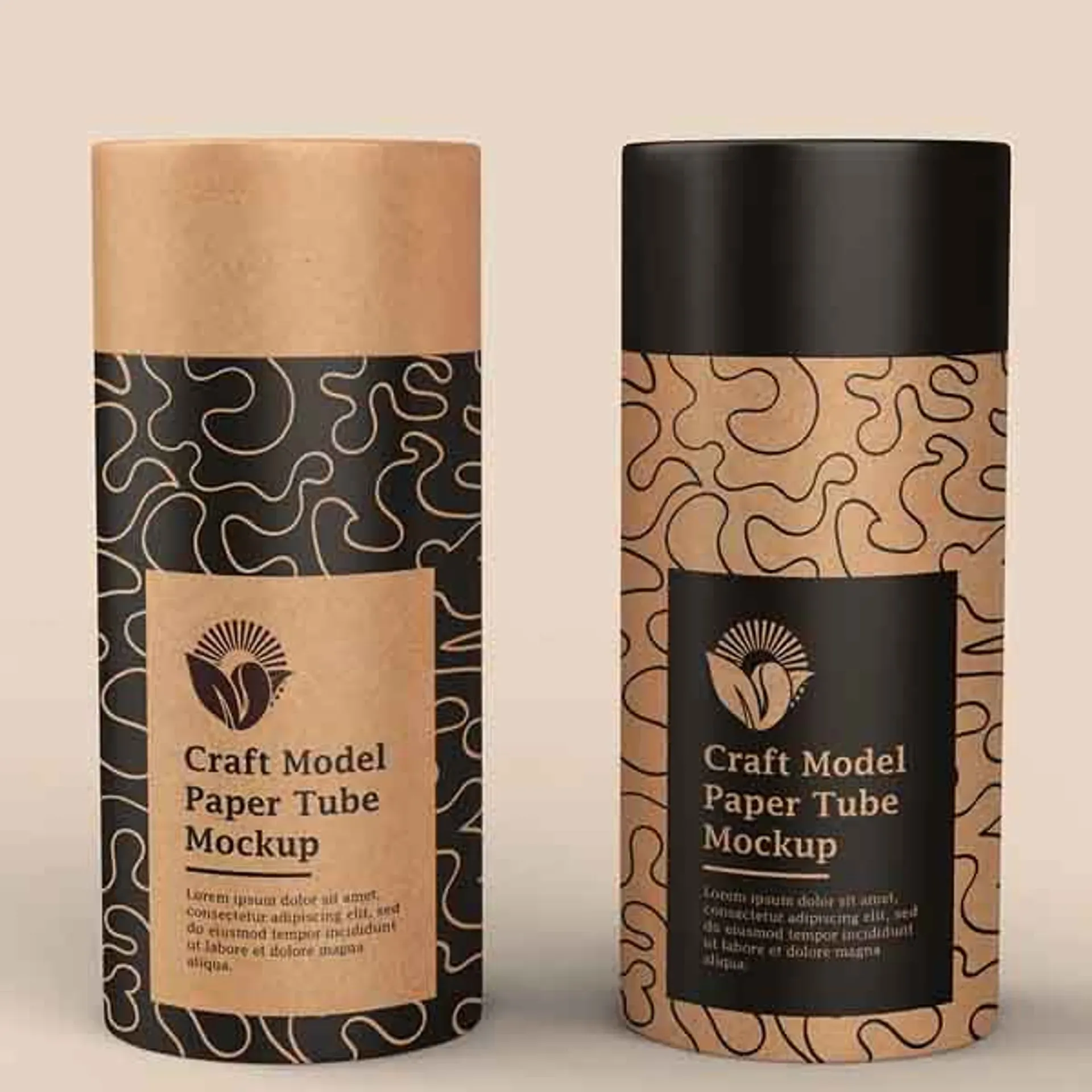
Get A Quote
How to Design Your Food Packaging
Food items, whether basic like water or luxurious like wine, fall under fast-moving consumer goods (FMCG). These products are consumed quickly and bought frequently, making brand loyalty a common phenomenon. For food entrepreneurs, the challenge is to entice customers to try something new instead of their usual favorites. Here's where the magic of food packaging design comes into play.
In retail environments like convenience stores or supermarkets, your product's packaging is the first thing that catches a customer's eye, influencing their choice. But effective packaging design is more than just vibrant colors; it needs to resonate with your brand's existing identity and communicate the uniqueness and value of your food product.
Packaging design is a unique blend of creativity and strategy, vital for making your product stand out. This article will explore the objectives of food packaging design, safe packaging options for various food types, and showcase examples of successful packaging designs. Let's dive in!
Introduction to food packaging design
When you reach for your go-to milk, pasta, or ice cream, you're driven by familiarity and preference. But what would make you switch to a new brand? Perhaps it's the flavor, nutritional value, or ingredients. This is where food packaging design plays a crucial role – it must communicate what sets your product apart from a consumer's usual choice.
Whether you're a designer or not, certain essential questions should guide your food packaging design process:
1.How will consumers consume my product, and how does this impact packaging?
2.How will the packaging be utilized by the consumer?
3.Where will the first physical interaction with the packaging occur?
4.Is it beneficial to showcase the food itself on the packaging?
5.What information will consumers gain by picking up and examining the packaging?
6.What is the tactile experience of the packaging in a consumer's hand?
These questions are not direct design instructions, but they form a foundational understanding of your packaging's role and how it should perform in the market.
Food Packaging as a Marketing Tool
Your food packaging design serves dual purposes in the realm of marketing:
- Attracting potential buyers: It communicates to consumers why they should choose your product. This aspect is about attracting new customers by highlighting the uniqueness and appeal of your product.
- Reinforcing customer choices: It reassures existing customers that they've made the right choice. This is crucial for fostering brand loyalty and repeat purchases.
Often overlooked, packaging design is a potent marketing medium. It's not just about the aesthetics of retail packaging or the practicality of an ecommerce delivery box. The design elements – from colors and imagery to materials and shape – communicate your brand's values and ethos to the consumer.
Remember, every aspect of your packaging design should be a deliberate choice, reflecting your brand's identity and resonating with your target audience.
Basics of Food Packaging Design
Designing food packaging involves remembering several important tips. While these ideas aren't revolutionary, they are crucial for creating packaging that will directly interact with food.
Food Safety
The primary goal in food packaging design is to protect the food from external elements and maintain its sterility. Adherence to stringent food safety standards is a must, especially for products sold in retail. Always comply with the legal requirements of the region where your product will be marketed.
Material Choices
For dry goods, cardboard, in forms like corrugated or cardstock, is a common choice. It serves as a versatile base for your design. For liquids and condiments, options like glass jars and plastic bottles are preferable. In these cases, the labels on the packaging become your primary design space.
Printing Techniques
The type of packaging material you choose will dictate your printing options. Fortunately, the food industry offers a wide range of printing possibilities. Labels on glass jars, for example, can be printed in various styles and may include special finishes like embossing. Bakery boxes and takeaway paper bags also offer printing flexibility, though paper bags might have some color limitations.
Sustainability
Sustainability is increasingly important for consumers, with a significant percentage willing to pay more for eco-friendly packaging. Your packaging should contribute to a sustainable lifecycle but doesn’t necessarily require cutting-edge materials. Avoid single-use, mineral-based plastics. Fiber-based materials, such as paper pulp, are often a reliable and sustainable choice for packaging.
Security and Durability
The design of food packaging must prioritize keeping the product secure and intact from store to home. This involves choosing the right material based on the product's needs. For instance, delicate items like eggs, crisps, and cakes require more protective packaging compared to sturdier products like rice or grains. The design is not just about aesthetics; functionality plays a crucial role.
Shapes, Storage, and Convenience
The packaging shape significantly influences storage and convenience. Take coffee packaging as an example: its design can vary greatly and should be engaging and functional, appealing to the consumer’s sense of smell. The shape of the packaging, whether it's a pouch or a bottle, affects how the product is stored in a pantry or fridge, impacting customer convenience. For fast-moving products, ease of storage and accessibility on shelves are key considerations.
Food-Safe Design and Compliance
Visual elements in packaging design must comply with local regulations, including indicating food safety with appropriate logos. If your product adheres to specific dietary or cultural standards, such as being Halal, Kosher, Vegan, Organic, or Diabetic-friendly, this should be clearly communicated, often through standardized logos.
Ingredient and Nutritional Information
Regulations often require displaying ingredient lists and nutritional information. If the packaging is limited to a label, finding space for this information can be challenging, but it's essential for legal compliance.
Graphic and Visual Design
This stage is where creativity comes into play, focusing on branding and distinguishing your product in the market. Consider your brand's style, color palette, and overall design theme. Whether it's minimalist, traditional, or bold, your packaging should reflect your brand's identity and appeal to your target audience.
Overall, effective food packaging design requires a balance of security, functionality, regulatory compliance, and aesthetic appeal. For inspiration, exploring non-food packaging designs can offer fresh perspectives and ideas.
Want to customize your tube or box packaging solution? Leave your needs below and our experts will contact you soon!
